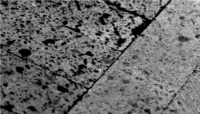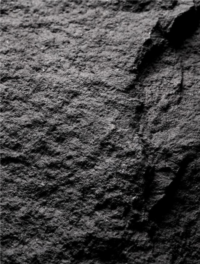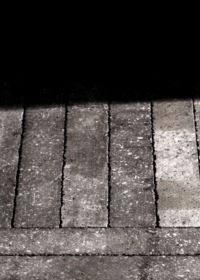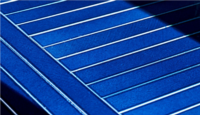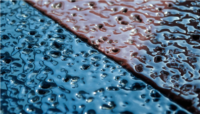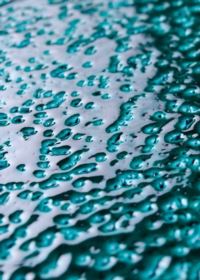Making the Best Choice for Your Outdoor Space
Selecting between lava rock and pea gravel should ultimately reflect your specific landscape requirements, aesthetic preferences, and practical considerations. Climate factors significantly influence optimal material selection. In regions with heavy rainfall, lava rock's superior drainage properties may prove decisive. For hot, arid climates, lava rock's thermal properties help moderate soil temperatures, benefiting plant health.
Your primary usage patterns should guide material selection as well. For frequently traversed pathways, pea gravel's smoother texture may provide greater comfort, while lava rock excels in decorative beds, around foundation plantings, and in areas where minimal foot traffic is expected. Consider installing pea gravel on walking paths with lava rock in adjacent planting areas to capitalize on the strengths of each material.
Design vision plays an equally important role in this decision. If you're creating a contemporary, architectural landscape with bold lines and dramatic contrasts, lava rock delivers powerful visual impact. For traditional gardens with softer edges and historical references, pea gravel's more conventional appearance may better serve your aesthetic goals.
Installation methods significantly impact the performance of both materials. Always begin with thorough soil preparation and weed barrier installation. Install appropriate edging systems to contain the material effectively. For optimal results, maintain a minimum depth of 2-3 inches for pea gravel and 3-4 inches for lava rock. Consider sloped surfaces carefully, as both materials require additional containment measures on significant grades.
Remember that your outdoor flooring represents a foundational element of your landscape design—both visually and functionally. The right choice enhances your enjoyment of the space while reducing maintenance requirements for years to come. At Ranieri Lavastone, we believe in the extraordinary value that quality volcanic materials bring to outdoor environments, creating spaces that truly stand the test of time.
Both lava rock and pea gravel offer distinct advantages for outdoor flooring applications. Understanding their specific properties allows for informed decisions that align with your project requirements, maintenance preferences, and aesthetic vision. For applications where longevity, drainage excellence, and distinctive appearance are priorities, lava rock provides exceptional performance that justifies its investment. By carefully evaluating these factors, you can create outdoor spaces that remain beautiful and functional for decades to come.
